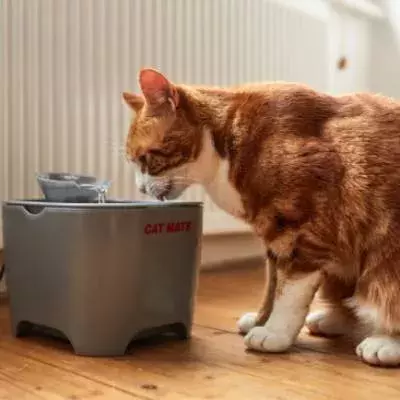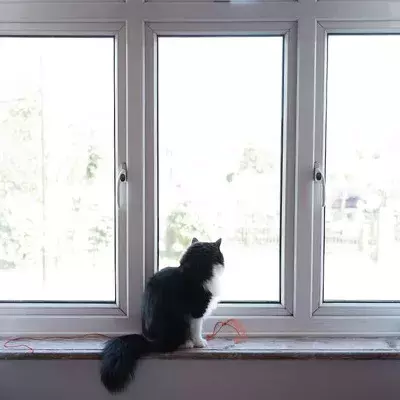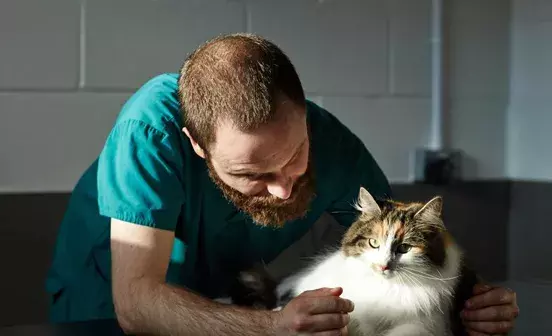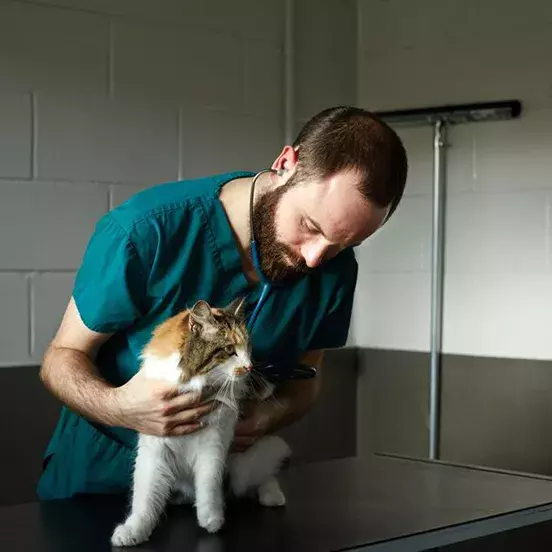Feline Lower Urinary Tract Disease (FLUTD) is a term used to describe a group of conditions in cats that can affect the urethra (the tube through which urine leaves the body) or the bladder.
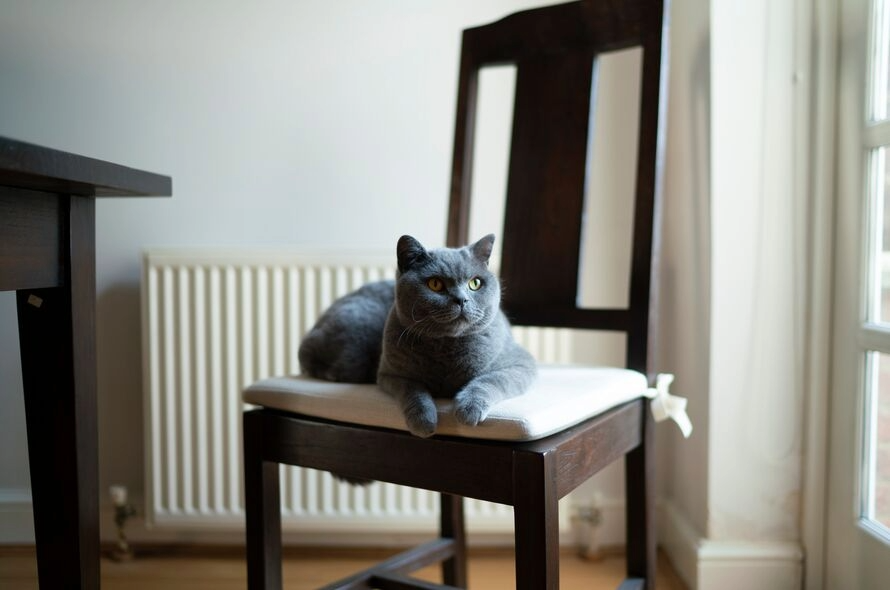
Many different conditions can affect the lower urinary tract however a number of cats develop a condition without any obvious underlying cause. This is commonly called ‘Feline Idiopathic Cystitis’ or FIC.
FLUTD is thought to affect about 1 to 3% of cats. Because of the range of different underlying causes, cats of any age, breed or gender can be affected by FLUTD.
While not being causes themselves, FLUTD tends to be more common in cats that are:
- Middle-aged
- Sedentary
- Overweight
- Neutered
- Indoor only or with limited access outside
- Fed on a dry diet only
- Not drinking enough water
Symptoms of FLUTD
Although the causes of FLUTD vary, the symptoms can include:
- Straining to pass urine – sometimes crying out in pain.
- More frequently urinating, or attempting to urinate.
- Urinating in unusual places, outside the litter tray (house soiling) – possibly due to pain.
- Over grooming around the genitals and lower abdomen – often causing hair loss.
- Changes in behaviour or behaviour that is out of character, for example, hiding more, or aggressive behaviour when being handled.
- Blood present in the urine – this can be seen as clots or just pink urine.
- Inability to pass urine – usually seen in male cats.
This is a medical emergency and you should see a vet immediately. This is extremely painful and very quickly leads to life threatening complications.
WHAT ARE THE TYPES OF FLUTD?
FLUTD covers a number of conditions, some of which your vet will be able to test for and treat. These include:
- Feline Idiopathic Cystitis (FIC) – this is by far the most common cause of FLUTD in most cats (estimated at 60-70%). There is no test for FIC as no specific underlying disease can be identified so it is a diagnosis made by looking at the symptoms and ruling out other possible causes. “Idiopathic” means “without a known cause”.
- Bladder stones – These are formed by microscopic crystals in the urine joining together.
- Urethral plugs – This refers to debris in the urine that obstructs the urethra (usually in male cats). A severe muscle spasm in the urethra due to the inflammation can also have a similar effect.
- Urethral stricture – If the urethra is damaged and then heals, the scar tissue can make it narrower and urination difficult.
- Tumour – This is uncommon but more likely in older cats. Tumours might occur in either the bladder or the urethra.
- Bacterial infection – This is more common in older cats and can be secondary to other problems.
TREATMENT OF FLUTD
If you spot any of these signs or symptoms or think your cat might be suffering with FLUTD you should seek advice from your vet who will be able to diagnose the issue and recommend appropriate treatment.
The treatment of FLUTD will depend on what’s causing it. In general, encouraging your cat to drink more water, and making sure your cat can go to the toilet as often as they need to can all help.
For more information, have a look at our advice piece on Cystitis, which is related to FLUTD.
